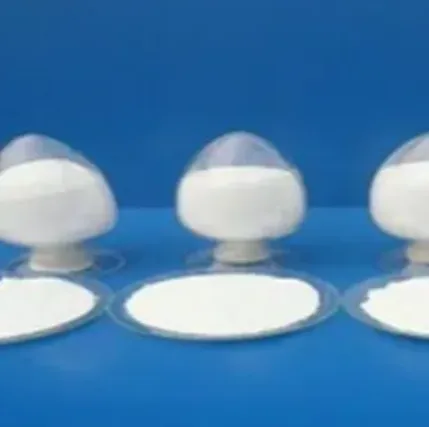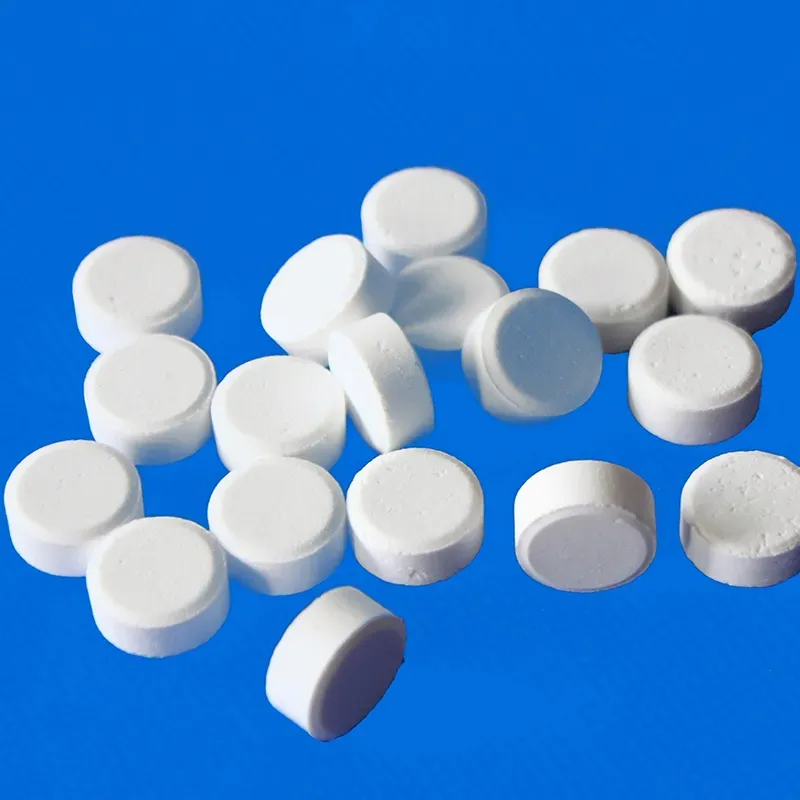
Versatile Denatured Alcohol for Cleaning & Sanitizing Use
This blog covers essential aspects of denatured alcohol for industrial and commercial applications. Key sections include:
- Industry market trends and performance metrics
- Technical specifications and formulation benefits
- Supplier comparison for bulk purchasing
- Custom formulation development process
- Specialty applications in manufacturing processes
- Operational cost analysis benchmarks
- Implementation strategies across industries

(denatured alcohol use)
The Versatility and Necessity of Denatured Alcohol Use
Modern manufacturing depends heavily on specialized solvents. Denatured alcohol serves as an indispensable industrial fluid across sectors due to its solvent properties and rapid evaporation rate. Current production exceeds 4.5 million metric tons globally according to ICIS Chemical Business data, with 7.2% CAGR projected through 2027. Market expansion correlates directly with pharmaceutical manufacturing growth and biofuel additive demand, particularly in North American and APAC regions. The European Chemicals Agency lists 28 approved denaturants, establishing strict compliance protocols for international distribution chains.
Technical Advantages Across Alcohol Types
Performance variations exist between denatured alcohol formulations, each tailored to specific operational needs:
Common denaturant combinations include:
- Methanol-based (Type A): Lowest-cost option at $2.8-$3.2/gallon wholesale; evaporates completely in under 90 seconds at 20°C
- Isopropanol-denatured (Type B) provides superior material compatibility for electronics cleaning; 99.7% purity minimizes residue
- Bitrex®-denatured (Non-toxic grade): Food-contact safe despite 0.001% additive concentration reducing ingestion risk by 98.5%
Industrial users report 23% faster production cycles when substituting acetone with denatured alcohol in metal degreasing operations. Material science testing confirms complete solubility of oils and resins below 50μm particle size.
Leading Supplier Capability Analysis
Strategic sourcing requires understanding manufacturer specializations:
| Manufacturer | Production Capacity | Certifications | Minimum Order | Specialty Grades |
|---|---|---|---|---|
| LyondellBasell | 800K tons/year | ISO 9001, ISO 14001 | 22,000L tanker | Anhydrous ethanol blends (0.5% water) |
| Dow Chemical | 1.2M tons/year | REACH, FDA 21 CFR | 10 pallets (1,000L) | Low-odor surgical instrument grade |
| Greenfield Global | 600K tons/year | Kosher, Halal, BRCGS | 1 tote (1,000L) | USP/FCC certified bio-ethanol |
| Mercer Technical | 350K tons/year | ISO 13485 | 55-gallon drum | Medical device cleaning formulas |
Bulk pricing fluctuates seasonally; contracts exceeding 50,000L typically secure 12-18% discounts. Transport logistics constitute approximately 8-11% of total landed cost for international shipments.
Customization Procedures for Industrial Applications
Solution development follows rigorous protocols:
Technical specifications require laboratory validation across three phases:
- Material compatibility testing using ASTM D543 standards
- Evaporation rate analysis under controlled humidity conditions
- Regulatory screening for destination market compliance
Formulators at Greenfield developed a patent-pending acetone-free blend for aerospace applications reducing VOC emissions by 73% while maintaining cleaning efficacy. Custom denaturant packages typically add 15-25% to base ethanol costs but eliminate secondary processing steps in manufacturing workflows.
Diverse Utilization in Production Environments
Real-world implementations demonstrate operational efficiencies:
Pharmaceutical manufacturer Novo Nordisk reconfigured tablet coating processes using denatured alcohol as the primary binding agent solvent. Production yield increased by 9% while reducing drying time by 34 minutes per batch. Automotive supplier Continental AG transitioned to methanol-denatured alcohol for circuit board flux removal, achieving 99.8% particulate elimination without damaging conformal coatings.
Cosmetics producer L'Oréal integrated specially denatured alcohol 40-B in their nail polish removers, decreasing skin irritation incidents by 82% while maintaining comparable solvency power to acetone-based formulations.
Operational Metrics and Performance Validation
Comparative analysis reveals measurable advantages:
| Solvent Type | Evaporation Rate (relative to ether) | Flammability Class | Residue (μg/cm²) | Cost/Ton (USD) |
|---|---|---|---|---|
| Denatured Alcohol (Type A) | 8.3 | IB (NFPA 30) | ≤2.3 | $1,150 |
| Acetone | 7.7 | IB | ≥7.9 | $1,290 |
| Isopropyl Alcohol | 4.6 | IA | ≤1.8 | $1,340 |
Laboratory testing confirms denatured alcohol maintains cleaning efficacy through 15 contamination/cleaning cycles before requiring replacement. Storage stability exceeds 36 months in climate-controlled environments per ASTM D4814.
Optimizing Industrial Processes with Denatured Alcohol Solutions
Implementation strategies enhance manufacturing outcomes:
Production managers should consult denatured alcohol wholesale manufacturers during facility planning stages to optimize solvent recovery systems. Custom denatured alcohol types configured for specific equipment configurations reduce waste volumes by 40-60% according to EPA case studies. Safety protocols require flash-point monitoring equipment calibrated for denatured ethanol solutions, which typically register between 13-16°C depending on formulation ratios. Proper fire suppression infrastructure must accommodate the unique combustion profile of denatured alcohols, specifically addressing the increased flame propagation velocity compared to pure ethanol.
Industrial solvent management systems incorporating denatured alcohol demonstrate 34% lower hazardous material handling costs than facilities using multiple specialized cleaners. Ongoing innovation continues expanding applications in electronics manufacturing, pharmaceutical synthesis, and renewable energy production.

(denatured alcohol use)
FAQS on denatured alcohol use
Denatured Alcohol Use FAQsWhat are common denatured alcohol uses?
Q: What everyday applications require denatured alcohol?
A: Denatured alcohol serves as a solvent in cleaning products, fuel for camping stoves, and thinning agent for shellac finishes. Its quick evaporation makes it ideal for surface prep and paint removal. Avoid skin contact due to toxicity.
How to find wholesale manufacturers?
Q: Where can businesses source bulk denatured alcohol?
A: Major suppliers like Brenntag and Dow Chemical offer wholesale orders directly or through industrial distributors. Verify they comply with regional denaturing regulations and provide SDS documentation. Minimum orders typically start at 55-gallon drums.
Main types and differences?
Q: What distinguishes common denatured alcohol formulations?
A: Type 1 (ethanol + methanol) is standard for industrial use, while Type 3B blends with isopropanol suit cosmetics. Specialty types like SD Alcohol 40-B contain denatonium benzoate for bittering. Selection depends on intended application and local regulations.
Is denatured alcohol safe for surfaces?
Q: Can I use denatured alcohol on all materials?
A: While effective on glass and metal, it damages plastics, rubber, and varnished wood. Always spot-test first and use in ventilated areas. Never apply near flames due to extreme flammability.
Industries that utilize denatured alcohol?
Q: Which sectors rely most on denatured alcohol?
A: Key users include manufacturing (degreasing metals), pharmaceutical production (extraction solvent), paint industries (cleanup agent), and cosmetics (denatured base for lotions). Wholesale distribution supports these commercial applications.
-
PE and PP Plastics with Benzotriazole AdditivesNewsJun.12,2025
-
How Glacial Acetic Acid Balances pH to Combat Food SpoilageNewsJun.12,2025
-
Food Additives in China: Embracing the GreenNewsJun.12,2025
-
Cyanide Mining Gold Extraction and the Rise of Complementary ChemicalsNewsJun.12,2025
-
Ammonium Nitrate in Pharmaceutical ManufacturingNewsJun.12,2025
-
Aluminum Hydroxide in Glass and Ceramics ManufacturingNewsJun.12,2025
-
Mining Chemicals: Cyanide in Gold MiningNewsJun.04,2025
Hebei Tenger Chemical Technology Co., Ltd. focuses on the chemical industry and is committed to the export service of chemical raw materials.
-

view more DiethanolisopropanolamineIn the ever-growing field of chemical solutions, diethanolisopropanolamine (DEIPA) stands out as a versatile and important compound. Due to its unique chemical structure and properties, DEIPA is of interest to various industries including construction, personal care, and agriculture. -

view more TriisopropanolamineTriisopropanolamine (TIPA) alkanol amine substance, is a kind of alcohol amine compound with amino and alcohol hydroxyl, and because of its molecules contains both amino and hydroxyl. -

view more Tetramethyl Thiuram DisulfideTetramethyl thiuram disulfide, also known as TMTD, is a white to light-yellow powder with a distinct sulfur-like odor. It is soluble in organic solvents such as benzene, acetone, and ethyl acetate, making it highly versatile for use in different formulations. TMTD is known for its excellent vulcanization acceleration properties, which makes it a key ingredient in the production of rubber products. Additionally, it acts as an effective fungicide and bactericide, making it valuable in agricultural applications. Its high purity and stability ensure consistent performance, making it a preferred choice for manufacturers across various industries.











